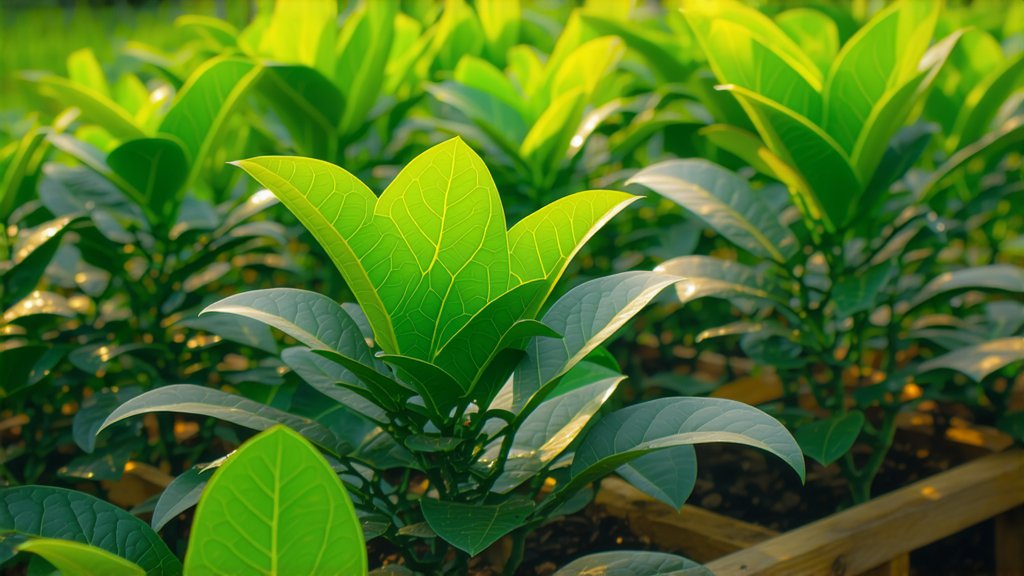
Tieguanyin, often hailed as the "Fairy Iron Goddesss" of teas, is a distinguished variety within the vast and diverse family of Chinese Oolong teas. This exquisite tea, originating from the lush hills of Anxi County in Fujian Province, China, has captivated tea enthusiasts worldwide with its unique flavor profile, aromatic complexity, and rich cultural heritage. As we embark on this journey through the world of Tieguanyin, we will delve into its historical roots, explore the various types that exist, uncover the intricate art of its production, and guide you through the nuanced process of appreciating this remarkable beverage.
A Historical Odyssey
The story of Tieguanyin traces back to the early Qing Dynasty, around the 18th century. According to legend, it was discovered by Wei Yin, a poor scholar who stumbled upon a wild tea plant growing beneath an ancient Bodhi tree in Anxi. Intrigued by its distinct aroma and taste, he decided to cultivate and propagate this extraordinary find. The tea quickly gained popularity for its medicinal properties and soon became a favorite among locals and eventually reached imperial courts. Its name, translating to "Iron Goddess of Mercy," reflects both its divine taste and the compassion it brings to those who partake in its offerings.
Varieties of Tieguanyin
Tieguanyin encompasses several sub-varieties, each with its own unique characteristics and fan base. Two of the most renowned are:
-
Xiang Xing (Fragrant Type): This variety emphasizes floral and fruity notes, often reminiscent of orchids, osmanthus, or honey dew melon. It's known for its high aroma and light, refreshing taste.
-
Yan Xing (Steeped Type): More robust and fuller-bodied than its fragrant counterpart, Yan Xing Tieguanyin offers deeper, earthier flavors with hints of roasted nuts and caramel. It undergoes a longer oxidation process, resulting in a darker leaf color and a more intense brew.
Both types share a common thread of exceptional quality, but they cater to different palate preferences, demonstrating the versatility and broad appeal of Tieguanyin.
The Art of Crafting Tieguanyin
The production of Tieguanyin is a meticulous process that combines traditional techniques with modern refinements. Here’s an overview of the key steps involved:
-
Plucking: Only the tenderest buds and top leaves are handpicked during the spring and autumn harvests, ensuring optimal freshness and flavor.
-
Withering: Freshly picked leaves are spread out under the sun or in well-ventilated rooms to reduce moisture content, softening them for rolling.
-
Rolling: Leaves are gently rolled to form tight spirals or beads, which helps in even oxidation and enhances the tea's aroma and taste.
-
Oxidation: Controlled exposure to oxygen allows enzymes to break down cellular structures, developing the tea's distinctive flavors and aromas. The degree of oxidation varies between the two main types.
-
Fixation: High-temperature roasting halts oxidation, setting the tea's final flavor profile. For some premium varieties, this step may involve multiple roastings over charcoal fires for added depth.
-
Shaking & Drying: After fixation, the leaves are repeatedly shaken to remove excess moisture and further develop their shape before being dried completely.
-
Sorting & Packaging: Finally, the tea is sorted by grade and packaged carefully to preserve its freshness until it reaches your cup.
This artisanal approach ensures that every sip of Tieguanyin tells a story of craftsmanship and dedication to preserving tradition while embracing innovation.
Savoring the Essence: The Tea Tasting Ritual
To truly appreciate Tieguanyin, one must engage in the time-honored practice of Gongfu tea ceremony, which emphasizes mindfulness, respect for nature, and the art of slow enjoyment. Here’s a guide to conducting your own Tieguanyin tasting experience:
-
Preparation: Begin by selecting a suitable Gaiwan (a traditional Chinese teapot) or a small Yixing clay pot, along with matching cups. Warm them with hot water to enhance the tea's aroma.
-
Infusion: Use approximately 5 grams of Tieguanyin per 100ml of water. Boil fresh spring water to around 90-95°C (194-203°F) and pour it over the leaves. Steep for about 30 seconds for the first infusion, then increase steeping time gradually for subsequent brews.
-
Appearance: Observe the unfurling leaves, noting their vibrant green hue and the delicate dance they perform in the water.
-
Aroma: Inhale deeply to capture the tea's bouquet—whether it be the sweet fragrance of Xiang Xing or the toasty warmth of Yan Xing.
-
Taste: Sip slowly, allowing the tea to coat your palate. Pay attention to its initial sweetness, mid-palate complexity, and the lingering aftertaste. Notice how the flavors evolve with each successive infusion.
-
Mouthfeel: Experience the texture of the tea, ranging from smooth and silky to slightly astringent, depending on the type and brewing strength.
Through this ritualistic process, you embark on a sensory journey that connects you to centuries-old traditions and the natural beauty of Anxi's landscape where Tieguanyin thrives.
In conclusion, Tieguanyin stands as a testament to China's rich tea culture—a harmonious blend of history, artistry, and nature's bounty. Whether you're a seasoned tea connoisseur or a curious newcomer, its enchanting flavors and aromas promise an unforgettable exploration into the heart of Chinese Oolong tea tradition. So brew yourself a pot, let the steam rise like a gentle whisper from the past, and savor the timeless essence of Tieguanyin.